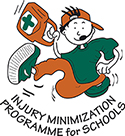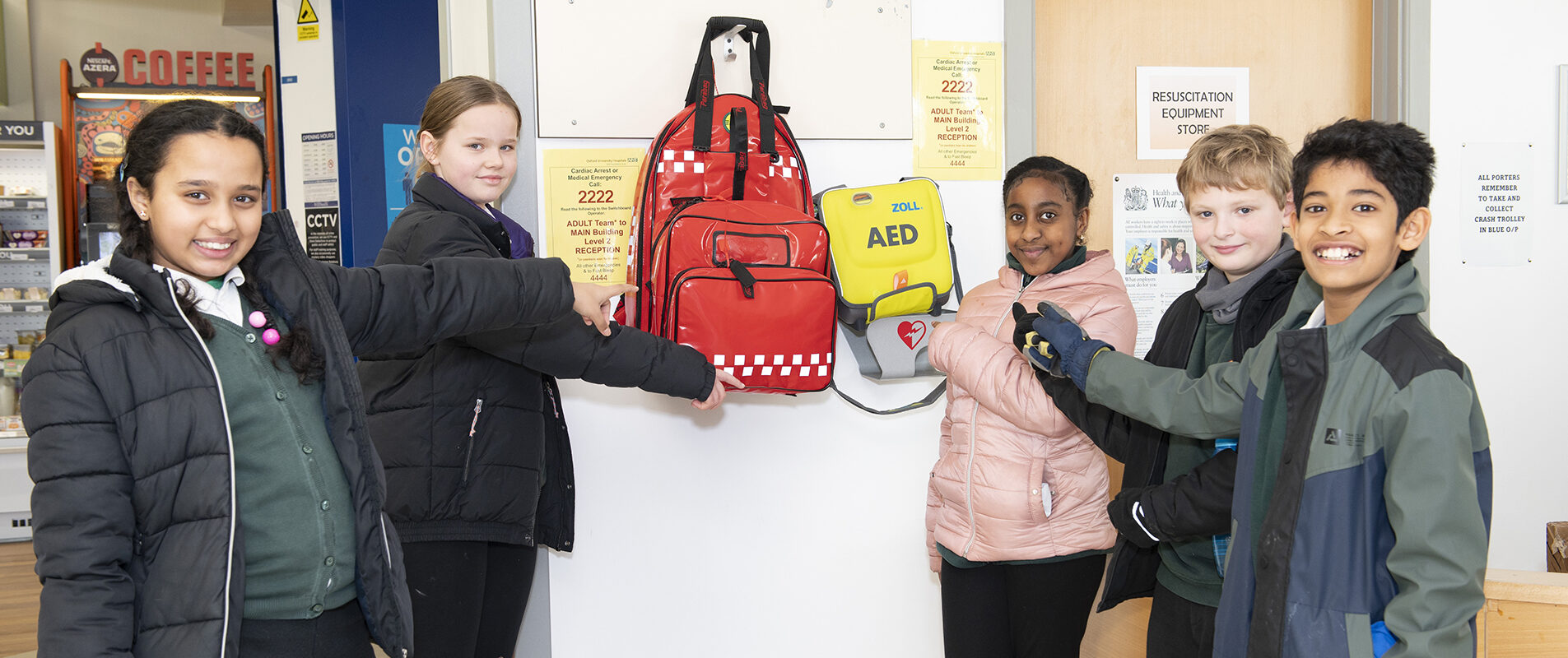Every year in the UK, 100,000 people die of Sudden Cardiac Arrest, making it the nation’s biggest killer. It kills more people than lung cancer, breast cancer and AIDS combined. Under normal conditions. the heart is told when to work by its own electrical signals. When these electrical messages get stopped or interrupted the heart will not work properly and this may lead to a sudden cardiac arrest (SCA)
Using an AED together with CPR is the only way to restart the hearts natural rhythm following a Sudden Cardiac Arrest.
Without the use of an AED for Sudden Cardiac Arrest the survival chances decrease by 10% a minute.
What is an Automated External Defibrillator?
An AED (automated external defibrillator) is an emergency life-saving device that can be used by anyone to help restart the heart when sudden cardiac arrest (SCA) strikes.
Automated – the device is automated and gives you step by step voice instructions on what to do.
External -the device is used on the outside of the body
Defibrillator – the device delivers an electrical shock via two pads on the persons chest (but only if it is necessary) rather like re-booting your computer.
The device is fully portable and gives the heart an electrical charge to establish a regular heartbeat.
The AED will only shock when necessary. It is not possible to accidentally give yourself or the person a shock as the device analyses the hearts rhythm.
Download the Resuscitation Council’s guide to AED’s:
Download a child’s guide to “What is an AED”:
What do we teach the children?
During the Basic Life Support element of the practical teaching session, the children are taught to recognise and locate an AED.
The children have the opportunity to not only see and hear an AED in action, but they can practice CPR using specially designed individual AED simulators.
Why we teach the children how to use an AED?
I.M.P.S. always follow the Resuscitation Council UK BLS guidelines and they say “School-age children have been shown to be capable of using AEDs in simulated cardiac arrest scenarios, and all schoolchildren should be taught emergency life-saving techniques.”
Using an AED is an essential part of the chain of survival and defibrillation within 3–5 min of collapse can produce survival rates as high as 50–70%.
This can be achieved through public access defibrillation, when a bystander uses a nearby AED to deliver the first shock.
Each minute of delay to defibrillation reduces the probability of survival to hospital discharge by 10%. In the UK, fewer than 2% of victims have an AED deployed before the ambulance arrives.
To find out more about placing a public access defibrillator in your area contact your local ambulance service, The defibshop or the Arrhythmia Alliance.
The Department of Education will provide a defibrillator to every state school that does not already have one.
“I think that every school should get an AED and everyone should be able to use one”


